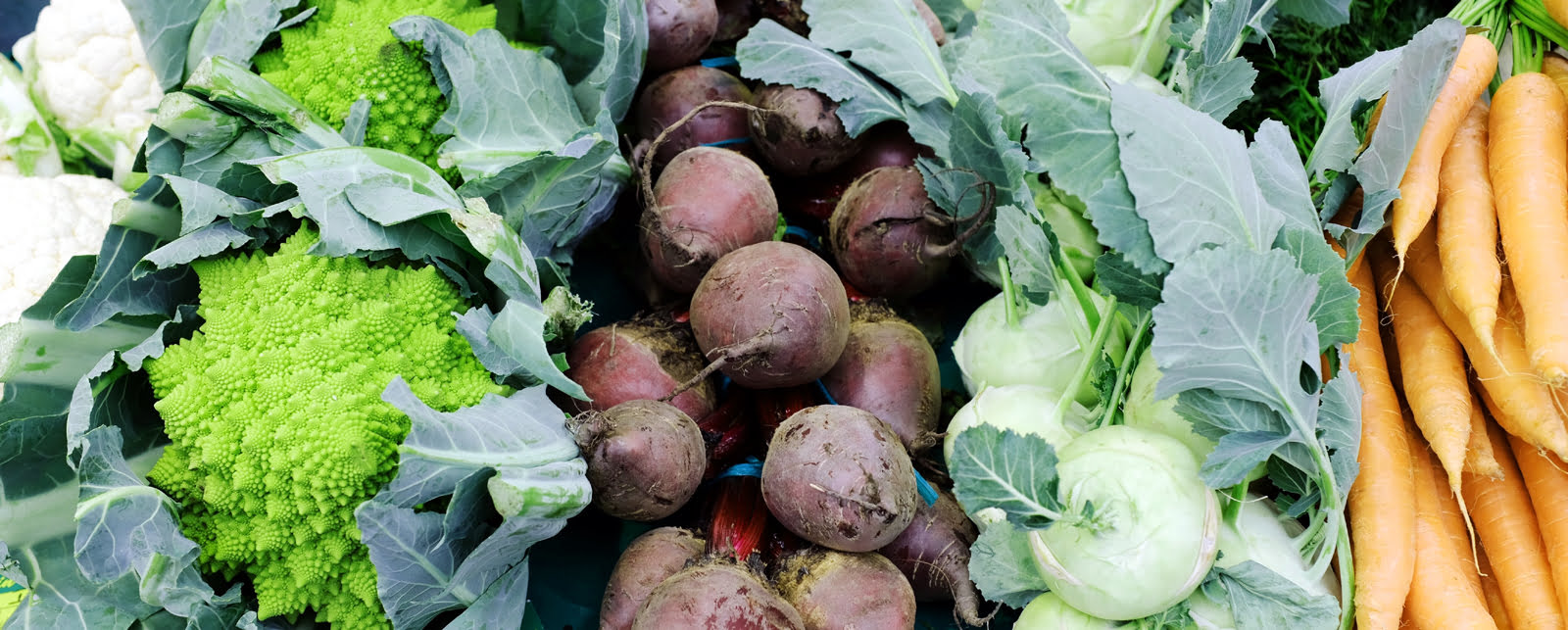Food traceability refers to the ability to track and trace food products through the food supply chain, from farm to table. This includes the ability to identify and trace the origin, location, and movement of food products, as well as any processing, packaging, and distribution activities that the food products have undergone.
Food traceability is an important aspect of food safety, as it allows for the rapid identification and recall of food products that may be contaminated or pose a health risk to consumers. It also helps to ensure that food products are correctly labeled and that any claims made about the food products, such as organic or non-GMO, are accurate.
There are several different systems and technologies that can be used for food traceability, including:
- Barcodes and RFID tags: These are used to identify and track food products, and can be scanned at different points in the supply chain to track the movement of food products.
- Blockchain technology: This is a digital ledger system that can be used to track the origin and movement of food products, and to ensure the integrity of the data.
- Traceability software: This allows companies to track and trace food products using computer systems, and can be used to automate the traceability process and reduce the risk of human error.
In the USA, the Food Safety Modernization Act (FSMA) has been implemented by FDA, which includes requirements for food traceability. The law requires that food companies have procedures in place to track their products one step forward and one step back in the supply chain. This means that the company must be able to identify the immediate supplier of the food and the immediate customer of the food.
Overall, food traceability is an important aspect of food safety and helps to ensure that food products are safe for consumption, correctly labeled, and accurately reflect the claims made about them.
Some Resources:

